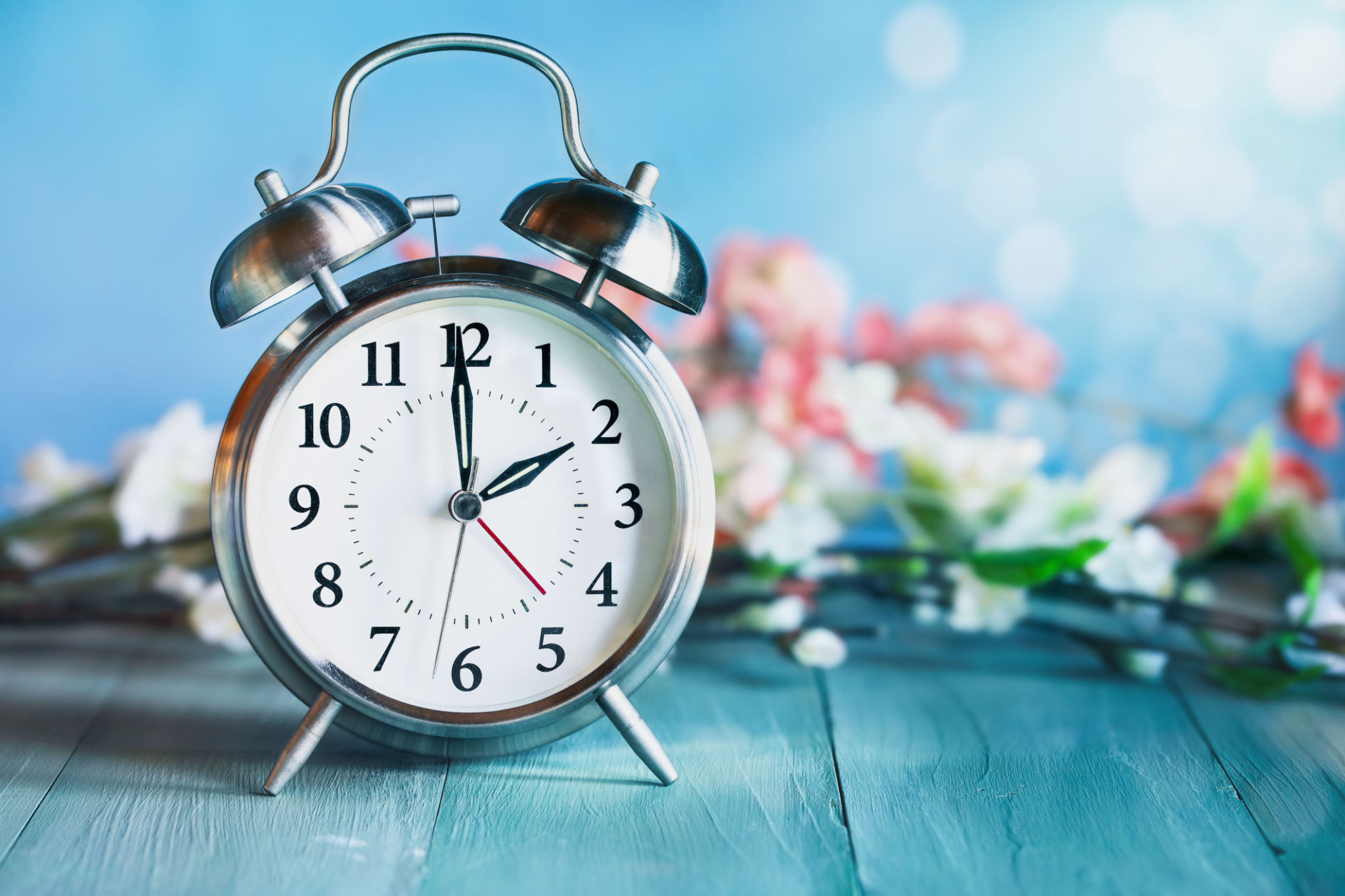Daylight Saving Time Myths: Fact vs. Fiction for New Yorkers
Understanding Daylight Saving Time
Daylight Saving Time (DST) has been a topic of discussion and debate for decades. For New Yorkers, the biannual clock adjustment is a staple in their routines. However, with this time shift come various myths and misconceptions. In this blog post, we'll explore some of the most common myths about Daylight Saving Time and separate fact from fiction.

Myth: Benjamin Franklin Invented Daylight Saving Time
One of the most persistent myths about Daylight Saving Time is that it was invented by Benjamin Franklin. While Franklin did suggest the idea of adjusting sleeping schedules to make better use of daylight in a satirical essay, he didn't propose the modern concept of changing clocks. The idea as we know it was first seriously proposed in the early 20th century by George Vernon Hudson and later by William Willett.
Myth: Daylight Saving Time Saves Energy
Many believe that DST was implemented to save energy by reducing the need for artificial lighting in the evening. While this was one of the original reasons for its adoption, recent studies have shown that the energy savings are minimal. In fact, in some regions, DST can lead to increased energy consumption due to higher air conditioning use during longer daylight hours.

Fact: Daylight Saving Time Affects Health
It is a fact that the time change can impact health. The disruption of sleep patterns can lead to increased stress and fatigue, particularly in the first few days following the clock adjustment. Studies have shown a slight increase in heart attacks and workplace accidents immediately after the transition. New Yorkers should be mindful of these potential health effects and take steps to mitigate them, such as adjusting their sleep schedules gradually.
Myths About the Purpose and Impact
Another common misconception is that DST is primarily for farmers. In reality, farmers have historically been opposed to DST because it disrupts their schedules. The practice was more beneficial for urban workers who could enjoy more daylight after work hours.

Myth: All States Observe Daylight Saving Time
Contrary to popular belief, not all U.S. states observe DST. Currently, Hawaii and most of Arizona do not participate in Daylight Saving Time. Additionally, some U.S. territories like Puerto Rico and Guam also opt out. This means that while New Yorkers adjust their clocks, other regions remain on standard time year-round.
Fact: Daylight Saving Time Has Changed Over the Years
The start and end dates for Daylight Saving Time have changed multiple times. Initially introduced during World War I, it was standardized in the U.S. with the Uniform Time Act of 1966. The most recent change occurred in 2007 with the Energy Policy Act, which extended DST by several weeks. This constant evolution reflects ongoing debates about its efficacy and necessity.

The Future of Daylight Saving Time
The future of Daylight Saving Time remains uncertain. There is ongoing debate about whether it should be abolished or modified further. Some states have even proposed legislation to eliminate the time change altogether, favoring permanent standard or daylight time instead.
In conclusion, while Daylight Saving Time continues to be a part of life for New Yorkers, it's important to separate myths from facts. Understanding its origins, purpose, and impact can help individuals adapt better to these biannual changes.